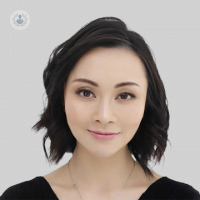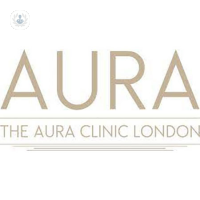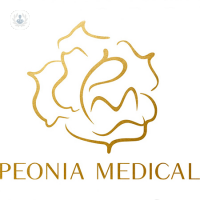Thread lift
Dr Jibu Varghese - Dermatology
Created on: 11-13-2012
Updated on: 07-05-2023
Edited by: Aoife Maguire
What is a thread lift?
A thread lift is a cosmetic procedure that uses temporary stitches (sutures) and threads to lift and tighten loose skin. It is a technique often used on the face to tighten loose skin and sags. It is less invasive than a facelift procedure, but produces similar results in that a thread lift can reverse some signs of ageing, smoothing over wrinkles and fine lines and eliminating saggy skin. Thread lifts can also help to contour the jaw and to raise heavy eyebrows. Sometimes a thread lift is combined with dermal fillers as well.

Why would you have a thread lift?
You might consider having a thread lift to avoid the risks of major facelift surgery, and to reverse signs of ageing. A thread lift can be performed on the brow, neck, jowls and midface and is minimally-invasive.
Here is a list of results that can be achieved with a thread lift:
- Disguise wrinkles around the eyes
- Raise the cheeks
- Lift the neck
- Raise your eyebrows
- Give symmetry to the face
- Improve facial contours
- Smooth forehead wrinkles
What does a thread lift consist of?
Thread lifts are minimally-invasive and are applied in different ways.
- Surgically – free-floating or fixed threads are inserted beneath the skin under local anaesthetic. They are pulled into place to lift and tighten loose skin. Fixed threads are actually attached to the skin’s underlying structures, allowing a more noticeable face lift. Free-floating threads last 1-2 years, whilst fixed threads last up to 4 years. You will need a few days off work whilst swelling settles. These threads are known as polydioxanone threads (PDO) which is the same material used in medical stitches. These dissolve with time. Collagen production is stimulated around the threads which keeps them in place and makes the skin appear firmer.
- Non-surgically – also known as the ‘non-surgical facelift’, no incisions are required. Anchoring sutures are inserted under the skin with a very fine needle to help tighten loose skin and lift sagging areas. These sutures are dissolvable. They also stimulate the production of collagen in the skin. This is also known as a silhouette soft thread lift.
Aftercare
Downtime after a thread lift is fairly minimal, with some swelling to be expected for a few days. You should be able to return to work in a matter of days. Results, however, are fairly instant from both types of thread lift, but the best results are visible a few weeks following treatment. It is advised not to rub your face for up to 2 weeks following your thread lift.













